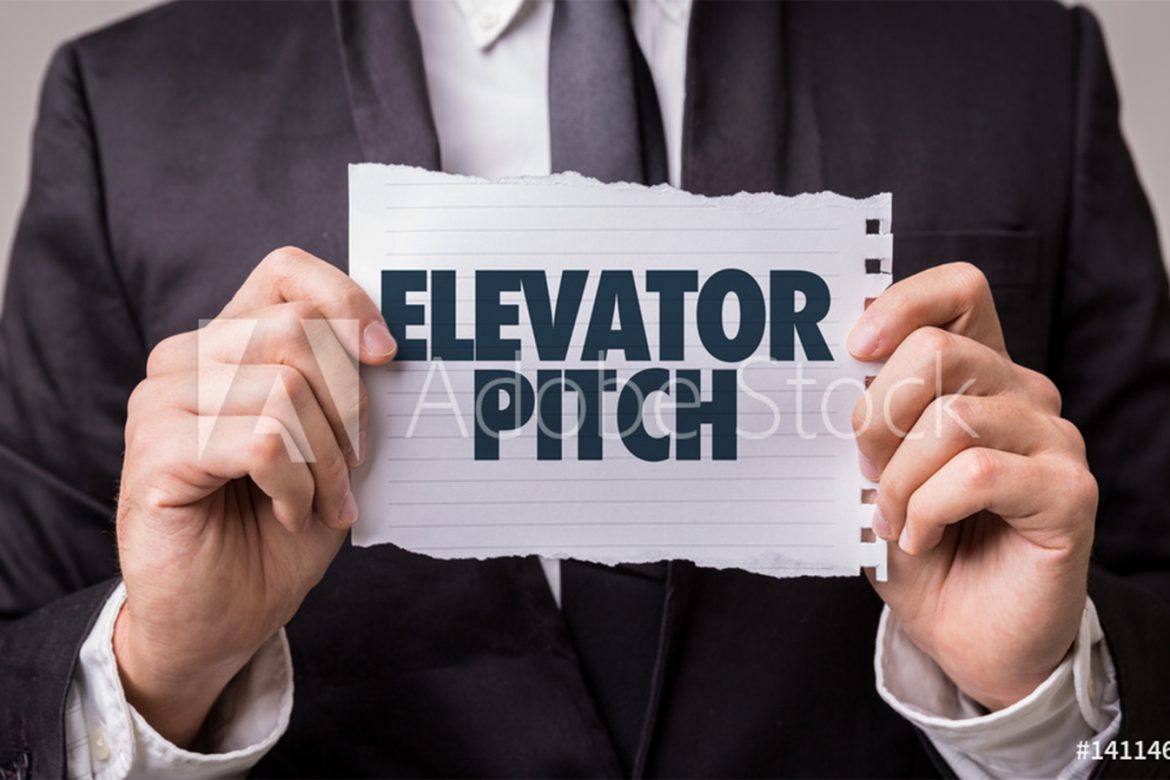Written By: Tom Ogg
An elevator speech is a short to-the-point introduction of you and your business. It should be focused on defining who you are and what you do with a strong call to action. It can be used in networking groups, meetings, social environments and, of course, elevators.
It is called an elevator speech because it should be able to be delivered in no longer an amount of time than a typical elevator ride. A well crafted elevator speech gives you a powerful first impression while developing a crystal clear focus on your expertise with a call to action from the listener(s)
There are 5-parts to an elevator speech.
- Your Opening Statement
- The Transition
- Your Unique Value Proposition
- Validation of Your UVP
- Call to Action
Let’s start with part 3, your UVP
You should be able to define your UVP in 1 sentence. What is it that makes you unique to your clients? Here is an example for what mine might be.
“I specialize in International world cruising”
With a pen and a piece of paper, spend a moment and try to construct your one-sentence UVP. The more unique and personal it is to you, the better.
Let’s move on to part 4, the validation of your UVP. This should be 3-sentences, each with their own distinctive point. These could be based on anything that authenticates your UVP. Here are my examples.
“I have been on over 300 cruises, visited almost 200 countries and over 500 different ports, some as many as 25+ times”
“I was the Founder of www.CruiseReviews.com and www.PortReviews.com”
“I have trained over 10,000 cruise professionals on how to successfully sell cruises and authored the book ‘Selling Cruises, Don’t Miss the Boat’.”
What are your validation points for your UVP? They can be based on anything that makes you exceptional and distinctive. Try to write 3 separate one-sentence points that really accentuate the reasons why clients listening to your pitch should choose you.
Now we will do part 5, the Call to Action.
The call to action should be precise and ask for immediate action
Mine might be “Look, if you are planning an international cruise, consult with an expert that has been there and can help you see more, spend less and have more fun and adventure. Let’s talk after the introductions are done.
On every occasion Parts 3, 4 and 5 will be exactly the same. You should practice delivering it and tweaking it so that it is as persuasive as possible.
Next is part 1, the opening statement. Again, you ad-lib this depending on the circumstances. You should quickly introduce yourself followed by honoring the situation that you are in. Here would be an example for someone at a chamber mixer.
“Hi, my name is Tom Ogg, I am so impressed by the quality of people I see here and so look forward to meeting each and every one of you.”
Now we come part 2, the transition. Part two will be ad-lived to meet whatever circumstance that you find yourself in and will act as a segue to the introduction of your UVP.
Let’s say you are at a chamber mixer and each person is introducing themselves. There is a formidable attorney that specializes in trust and probate that is respected by everyone in the chamber. Your transition sentence might be “Like (famous attorney) I know specialization is the key to receiving the most professional advice and knowledge.”
The trick is to use whatever opportunity that presents itself to transition into your UVP so that it sounds natural and spontaneous.
So here would be my elevator speech based on this conversation.
Hi, my name is Tom Ogg, I am so impressed by the quality of people I see here and so look forward to meeting each and every one of you. Like (respected attorney) I know specialization is the key to receiving the most professional advice and knowledge. I specialize in International world cruising. I have been on over 300 cruises, visited almost 200 countries and over 600 different ports, some as many as 25+ times. I was the Founder of www.CruiseReviews.com and www.PortReviews.com. “I have trained over 10,000 cruise professionals on how to successfully sell cruises and authored the book ‘Selling Cruises, Don’t Miss the Boat’.” Look, if you are planning an international cruise, consult with an expert that has been there and can help you see more, spend less and have more fun and adventure. Let’s talk after the introductions are done.



